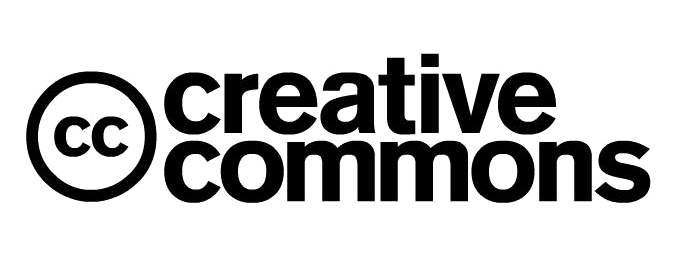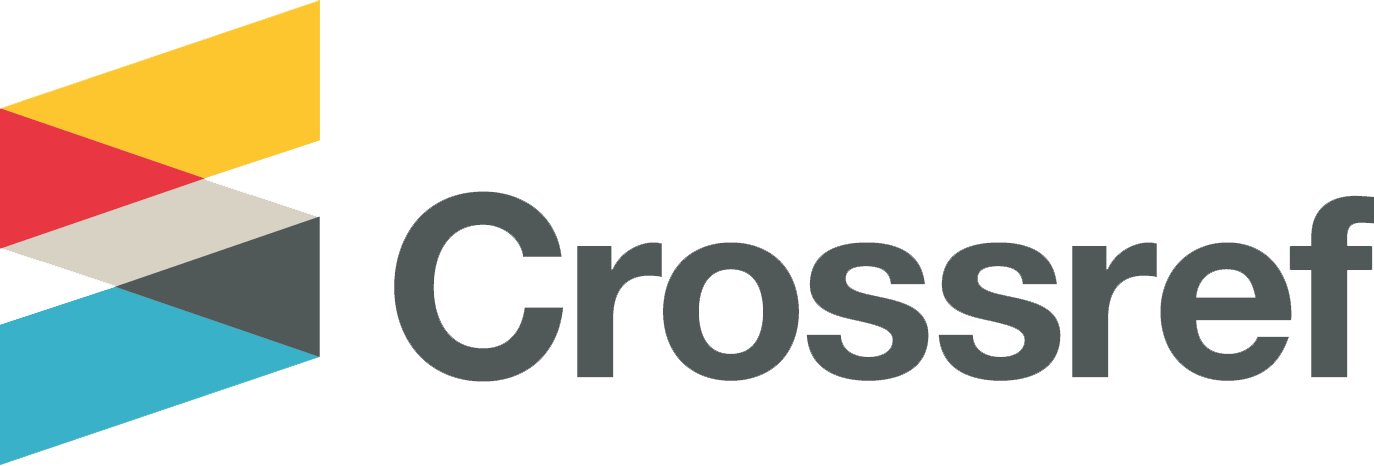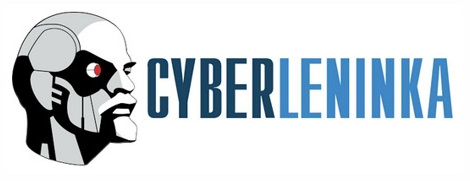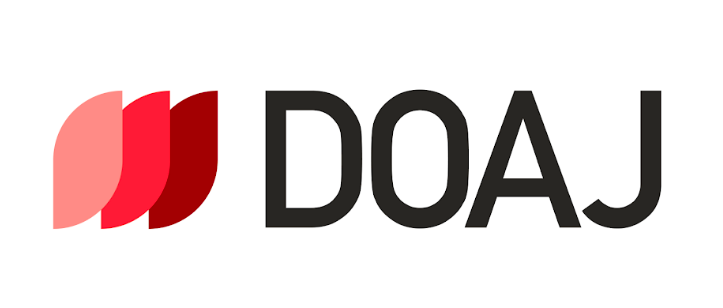Electrophysical properties of the Rochelle salt dispersed in a porous dielectric matrix of type A zeolite
DOI:
https://doi.org/10.33910/2687-153X-2024-5-4-195-201Keywords:
ferroelectrics, Rochelle salt, permittivity, dielectric losses, electrical conductivity, zeolite, nanocompositeAbstract
Electrical conductivity, real part of dielectric permittivity and dielectric losses of a novel nanocomposite material obtained by the infiltration of a NaA zeolite matrix with Rochelle salt were studied in the frequency range from 100 Hz to 100 kHz. A low-temperature shift of the Curie point TC of the guest substance’s upper ferroelectric transition due to the influence of confined geometry was observed. It was shown that the kind of temperature dependence of the Rochelle salt’s electrical conductivity as well as the character of the dielectric losses’ frequency dependence change significantly when this ferroelectric is dispersed in the NaA zeolite.
References
Baryshnikov, S. V., Charnaya, E. V., Shatskaya, Yu. A. et al. (2011) Effect of confined geometry on linear and nonlinear dielectric properties of triglycine sulfate near the phase transition. Physics of the Solid State, 53 (6), 1212–1215. https://doi.org/10.1134/S1063783411060059 (In English)
Bogatin, A. S. (2012) Relaxation polarizations: Strong and weak processes. Physics of the Solid State, 54 (1), 62–69. https://doi.org/10.1134/S1063783412010064 (In English)
Bogatin, A. S., Lisitsa, I. V., Bogatina, S. A. (2002) The effect of percolation conductivity on the characteristics of relaxation polarization processes. Technical Physics Letters, 28 (9), 779–781. https://doi.org/10.1134/1.1511783 (In English)
Bogomolov, V. N. (1978) Liquids in ultrathin channels (Filament and cluster crystals). Soviet Physics Uspekhi, 21 (1), 77–83. https://doi.org/10.1070/PU1978v021n01ABEH005510 (In English)
Breck, D. W. (1974) Zeolite molecular sieves: Structure, chemistry and use. New York: Wiley Publ., 771 p. (In English)
Cizman, A., Antropova, T., Anfimova, I. et al. (2013) Size-driven ferroelectric–paraelectric phase transition in TGS nanocomposites. Journal of Nanoparticle Research, 15 (8), article 1807. https://doi.org/10.1007/s11051-013-1807-y (In English)
Gurevich, V. M. (1969) Elektroprovodnost’ segnetoelektrikov [Electrical conductivity of ferroelectrics]. Moscow: The Committee on Standards, Measures, and Measuring Instruments of the Council of Ministers of the USSR Publ., 384 p. (In Russian)
Malyshkina, I. A., Gavrilova, N. D. (2002) Low-frequency dielectric properties of the Rochelle salt and its deuterated analogue. Ferroelectrics, 268 (1), 41–46. http://doi.org/10.1080/00150190211066 (In English)
Matveeva, T. G., Solovyev, V. G. (2022) Dielektricheskie svojstva nanochastits segnetovoj soli v matritse tseolita NaA [Dielectric properties of the Rochelle salt nanoparticles in the NaA zeolite matrix]. Tekhnika radiosvyazi — Radio Communication Technology, 4 (55), 118–124. (In Russian)
Mitani, S., Fukui, S., Shibuya, I. et al. (1974) Crystal structure refinement of ferroelectric Rochelle salt. Ferroelectrics, 8 (1), 477–478. http://dx.doi.org/10.1080/00150197408234131 (In English)
Ovchinnikova, G. I., Gavrilova, N. D., Lotonov, A. N. et al. (1997) Ion transport as manifested in microwave spectra and static conduction of seignette salt crystals. Bulletin of the Russian Academy of Sciences: Physics, 61 (12), 1913–1917. (In English)
Pan’kova, S. V., Poborchii, V. V., Solov’ev, V. G. (1996) The giant dielectric constant of opal containing sodium nitrate nanoparticles. Journal of Physics: Condensed Matter, 8 (12), L203–L206. https://doi.org/10.1088/0953-8984/8/12/001 (In English)
Rogazinskaya, O. V., Milovidova, S. D., Sidorkin, A. S. et al. (2009) Properties of nanoporous aluminum oxide with triglycine sulfate and Rochelle salt inclusions. Physics of the Solid State, 51 (7), 1518–1520. https://doi.org/10.1134/S1063783409070506 (In English)
Singaravadivelu, S., Uthayakumar, A., Balaji Bhargav, P. (2019) Study of the relative growth rate, the anisotropy of electrical resistivity and anomalous photocurrent behavior of the unidirectional grown Rochelle salt crystals. Ferroelectrics, 550 (1), 112–126. https://doi.org/10.1080/00150193.2019.1652501 (In English)
Solans, X., Gonzalez-Silgo, C., Ruiz-Perez, C. (1997) A structural study on the Rochelle salt. Journal of Solid State Chemistry, 131 (2), 350–357. (In English)
Steeman, P. A. M., van Turnhout, J. (2003) Dielectric properties of inhomogeneous media. In: F. Kremer, A. Schonhals (eds.). Broadband dielectric spectroscopy. Berlin; Heidelberg: Springer Publ., pp. 495–522. https://doi.org/10.1007/978-3-642-56120-7 (In English)
Stucky, G. D., Mac Dougall, J. E. (1990) Quantum confinement and host/guest chemistry: Probing a new dimension. Science, 247 (4943), 669–678. https://doi.org/10.1126/science.247.4943.669 (In English)
Tien, C., Charnaya, E. V., Lee, M. K. et al. (2008) NMR studies of structure and ferroelectricity for Rochelle salt nanoparticles embedded in mesoporous sieves. Journal of Physics: Condensed Matter, 20 (21), article 215205. https://doi.org/10.1088/0953-8984/20/21/215205 (In English)
Woodward, W. H. H. (2021) Broadband dielectric spectroscopy — A practical guide. In: Broadband dielectric spectroscopy: A modern analytical technique. ACS symposium series. Vol. 1375. Washington: American Chemical Society Publ., pp. 3–59. https://pubs.acs.org/doi/10.1021/bk-2021-1375# (In English)
Zhong, W. L., Wang, Y. G., Zhang, P. L., Qu, B. D. (1994) Phenomenological study of the size effect on phase transitions in ferroelectric particles. Physical Review. B, 50 (2), 698–703. https://doi.org/10.1103/PhysRevB.50.698 (In English)
Zhou, G., Wu, J., Wang, A. et al. (2008) Investigation of ferroelectric phase transition of Rochelle salt. Ferroelectrics, 366 (1), 67–73. http://dx.doi.org/10.1080/00150190802363173 (In English)
Downloads
Published
Issue
Section
License
Copyright (c) 2024 Tamara G. Matveeva, Marina S. Ivanova, Vladimir G. Solovyev, Alexander I. Vanin

This work is licensed under a Creative Commons Attribution-NonCommercial 4.0 International License.
The work is provided under the terms of the Public Offer and of Creative Commons public license Creative Commons Attribution 4.0 International (CC BY 4.0).
This license permits an unlimited number of users to copy and redistribute the material in any medium or format, and to remix, transform, and build upon the material for any purpose, including commercial use.
This license retains copyright for the authors but allows others to freely distribute, use, and adapt the work, on the mandatory condition that appropriate credit is given. Users must provide a correct link to the original publication in our journal, cite the authors' names, and indicate if any changes were made.
Copyright remains with the authors. The CC BY 4.0 license does not transfer rights to third parties but rather grants users prior permission for use, provided the attribution condition is met. Any use of the work will be governed by the terms of this license.







